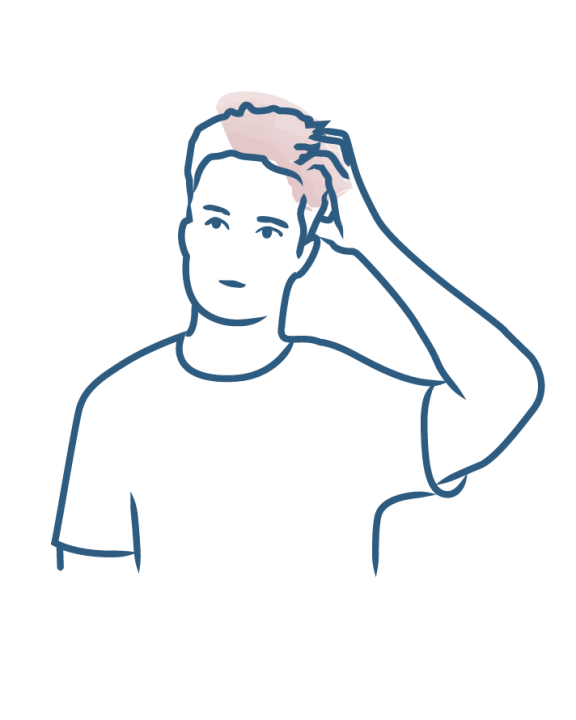Itching related to cancer treatments
Chemotherapy-related pruritus

Chemotherapy-related pruritus
Cancer treatments have many side effects that patients fear, such as nausea, fatigue and hair loss. Chemotherapy-related pruritus is less well-known, yet it is common. In this article, you can learn more about chemotherapy-related pruritus to better cope with this side effect or to help a loved one currently undergoing cancer treatment.
What is chemotherapy-related pruritus?
Chemotherapy-related pruritus is pruritus that occurs during cancer treatments, whether that is traditional chemotherapy, targeted therapies, immunotherapy or radiation therapy. It concerns all types of cancer treatments.
Chemotherapy-related pruritus results from several mechanisms, first and foremost from the skin dryness induced by the various treatments. Itching related to cancer treatments is very common and has a negative impact on the patient's already severely impaired quality of life.
How to relieve chemotherapy-related pruritus?
In cases of chemotherapy-related itching, a few tips can help soothe the skin and make it more comfortable:
- Wash with a superfatted soap, a syndet or a soothing, fragrance-free cleansing oil.
- Dry the skin by dabbing gently with a soft cotton towel
- Apply a moisturizing anti-itching cream all over the body, once or several times a day as needed. In cases of cancer, you should choose high-tolerance cosmetic products.
- Wear clothes made of natural materials such as linen or cotton.
- Protect yourself from the sun because most cancer treatments are photosensitizing. Redness and irritation induced by sun exposure may be accompanied by pruritus.
How to protect your skin from radiation therapy?
Before your radiation therapy session, do not put anything on because the skin must remain clean and dry. After the session, opt for products that are both restorative and soothing. Place the tube of cream in a cool place to relieve the itching more effectively.
More information
- Discover Post-cancer treatment pruritus: recommended clothing and accessories
Itching related to cancer treatments
Post-cancer treatment pruritus: recommended clothing and accessories
- Discover Post-cancer treatment pruritus: best practices
Itching related to cancer treatments
Post-cancer treatment pruritus: best practices
Our care routines
Itching on the scalp
Dermatological expertise
To better understand your skin and hair, discover our exclusive content and innovative care products designed to improve your quality of life..

